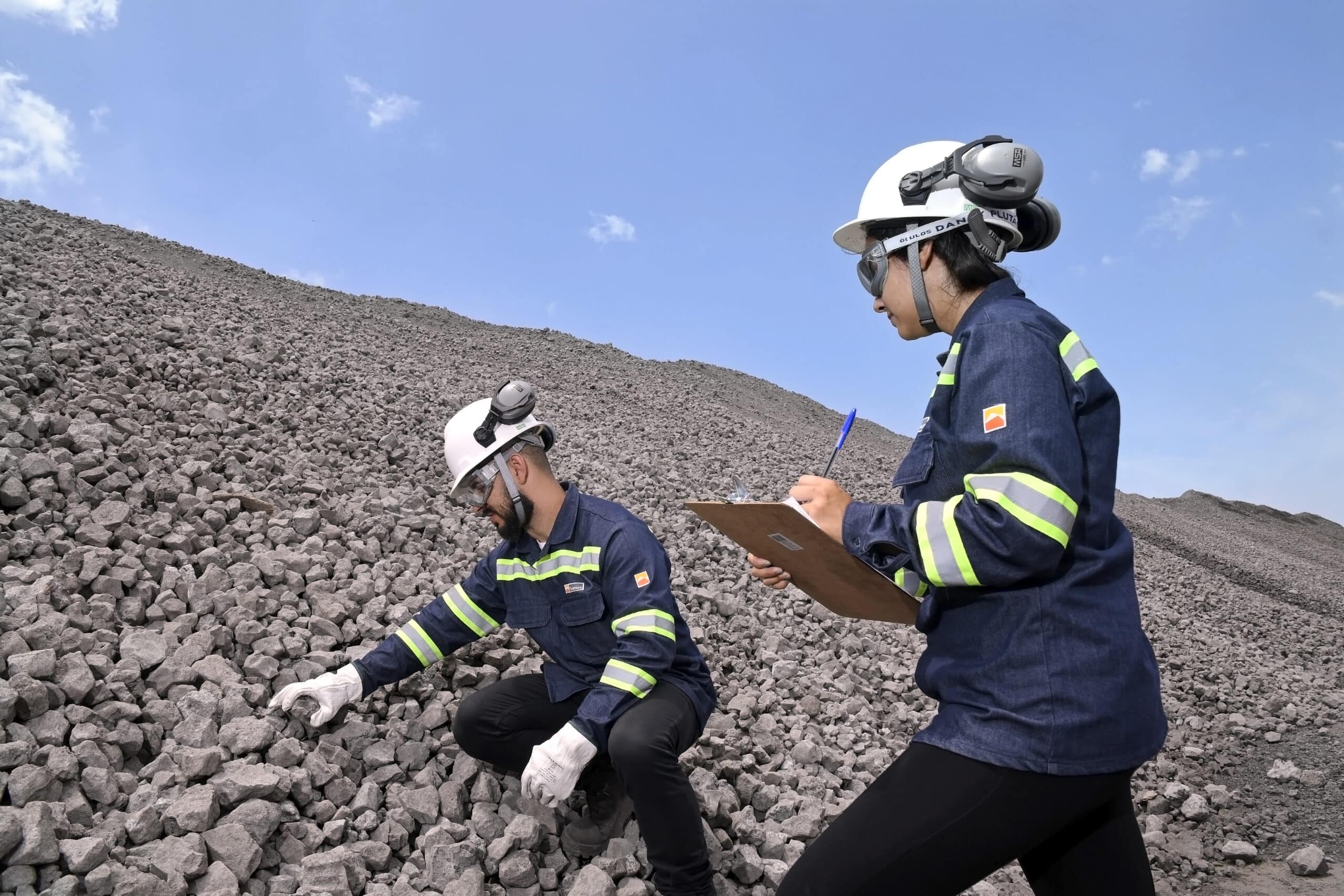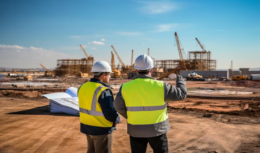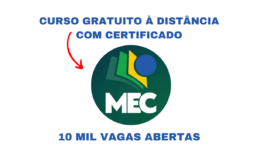
The sale of Ternium steel aggregate to the Seropédica Waste Treatment Center (CTR) encourages the circular economy in Rio de Janeiro
Ternium signed a contract for the sale of steel aggregate with the Waste Treatment Center – CTR of Seropédica, managed by the company Cyclus. The steel aggregate will initially be used to access the trucks to the CTR cells. FOR EVERYTHING! RAIN OF OFFSHORE VACANCIES IN MACAÉ! New gigantic offshore selection process in Macaé with job vacancies updated at 18 pm yesterday.
Read also
- Offshore vacancies for mechanical, electrical and instrumentation professionals in Macaé
- For installation of Christmas trees, there are vacancies offshore today for Technicians and Engineers
- Offshore recruitment and selection in Macaé with 10 job openings for Area Man
- Platforms on alert! Navy prediction comes true! Cyclone forms offshore with wind speeds greater than 63 km/h
This product can be used to pave roads, in bases and sub-bases and as a primary coating on side roads, replacing crushed stone. The negotiated volume of steel aggregate will be 15 thousand tons per month for the Seropédica CTR, in RJ.
The steel aggregate is the result of the steelworks slag, generated by the transformation of liquid pig iron into steel, which undergoes a process of removal of metallic content, sieving and storage, in addition to treatment to reduce expansion. The final product of this process is applied worldwide in leveling areas/landfills, concrete artifacts, gabion, asphalt concrete, railway ballast, among many others. It can also be applied in agriculture, as a corrective of soil acidity, replacing limestone.
75 thousand tons of slag are produced per month, which is benefited and treated within Ternium. Between 2016 and 2018, the company saved around BRL 16 million by replacing gravel with steel aggregate. The benefits are numerous, but it is worth highlighting the environmental and economic benefits, especially when compared to the use of gravel, one of the main materials consumed in paving and civil construction works. Among the advantages are the preservation of natural resources, thus reducing the impacts caused by the extraction of the natural aggregate, the elimination of waste, the reduction of energy consumption and the cost of obtaining gravel.
The initiative is part of a range of actions that make up Ternium's strategy to invest in the continuous development of technologies to transform steel production waste/co-products into raw material. These co-products replace inputs in our production processes, primarily seeking internal recycling or application in other companies, ensuring reuse and avoiding external disposal. The objective is to minimize impacts, generate value and contribute to reducing the consumption of natural resources. In addition to the steel aggregate, Ternium also generates other co-products that contribute to the reduction of environmental impacts and are used in the cement, ceramics, mortar, fertilizers and lime industries, among others.
Coproducts Manager, Leila Kauffmann, highlights the environmental gains from this negotiation with the CTR in Seropédica, RJ:
“The use of steel aggregate in paving the accesses to the Waste Treatment Center in Seropédica is a great alternative to replace the use of gravel and clay, thus avoiding extraction in quarries. It is a high-quality material that replaces resources whose extraction generates several harmful impacts on natural reserves. Other applications are already being evaluated for the use of steel aggregate also in drains, dikes, cell preparation, internal streets and in the treatment station of this CTR”. Circular Economy is a practice at Ternium, where we always seek application for everything we generate. We prioritize internal consumption that generates value for the company, aiming at the sustainability of the business, the environment and the search for zero waste – says Leila.
What is Circular Economy?
Circular economy is an economic concept that is part of sustainable development, inspired by notions of green economy, functionality and industrial ecology. The circular economy is proposed as an alternative to the linear economy. The main proposal is that waste/co-products from an industry be used as recycled raw material in another industry or in the industry itself. Not only that, but also intends to develop products with reuse in mind that keeps materials in the production cycle. This economy consists of a continuous positive development cycle that preserves and enhances natural capital and promotes the efficient management of natural resource use. Its purpose is to keep products, components and materials at their highest level of usefulness and value at all times.
The circular economy proposes a paradigm shift in social relations and attitudes: being a user instead of a consumer, sharing instead of accumulating. The transition to the circular economy will not happen without fundamental changes in behavior and thinking.
About Ternium
Ternium is the largest steelmaker in Latin America and is part of the controlling block of Usiminas. Since 2017 it has had an industrial center in Brazil, in Rio de Janeiro. The Santa Cruz (RJ) unit has a production capacity of five million tons of steel slabs per year, with a high level of sophistication that serves industries in the US, Mexico, Brazil and Europe. The Ternium unit in Rio de Janeiro is the largest steel producer in the entire company and generates more than eight thousand jobs, with safety and environmental and social commitment. In addition to Brazil, the company has 17 other production centers spread across five countries: Mexico, Argentina, Colombia, Guatemala and the USA. Ternium sold 2018 million tons of high-quality steel in 12,4.












There is already a language translation app…
Developed countries now need a helping hand…
I've never seen a website publish so much zucchini...
It must be sold to the Australians, nation…
Much better than playing a lot…
Very interesting, but there is so much invasive propaganda…
I would love to, but being released here the vlr would be…
I doubt it will make 45/lts